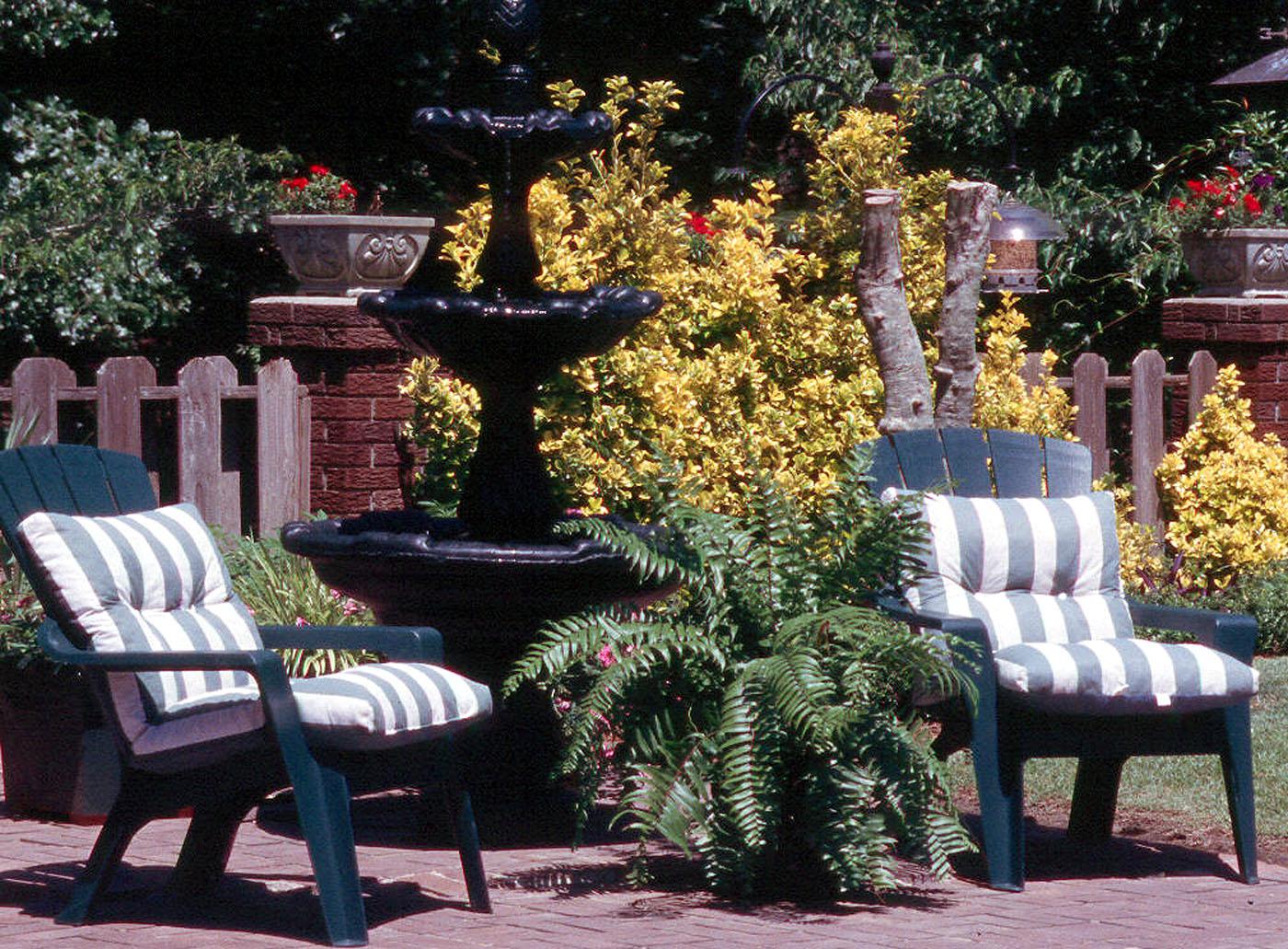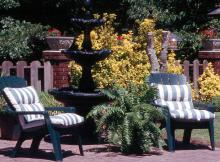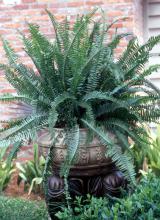Information Possibly Outdated
The information presented on this page was originally released on July 16, 2001. It may not be outdated, but please search our site for more current information. If you plan to quote or reference this information in a publication, please check with the Extension specialist or author before proceeding.
Kimberly Queen, Macho challenge Boston ferns
By Norman Winter
MSU Horticulturist
Central Mississippi Research & Extension Center
No plant can impart the grace, elegance and lushness for the poolside or patio like a fern. While I love the perennial ferns that we grow with such ease in the garden, I also have a passion for the more tropical ferns.
All of us have grown and probably still purchase ever so often the Boston fern. The plant is known botanically as Nephrolepis exaltata. You see these used all over the South in hanging baskets with its huge, arching fronds cascading downward from front porch rafters.
When I lived in Texas, a Boston fern had a life expectancy of just less than a month due to a high water pH coupled with extremely high soluble salts. In Mississippi, the biggest problem seems to be trying to limit the quantity we buy because they thrive so well in our climate.
Recently, we have seen Dallas Fern, Florida Ruffle, Fluffy Ruffle and Compacta, all of which are variations of the Boston Fern. Two new ferns starting to eat into the Boston fern market because of their unique habits are the Kimberly Queen and the Macho.
Botanically, Kimberly Queen is known as Nephrolepis obliterata. It comes from Australia and is known as the Australian sword fern. This has to be one of the most beautiful ferns. Its large fronds are held high and erect and keep their integrity even in wind and rain.
The Kimberly Queen tolerates more sun than does the Boston and can put on an enormous amount of growth in a year. They also tolerate indoor conditions well for those who want to overwinter them. Many gardeners don't realize that if planted in the ground, the Kimberly Queen has quite a bit of cold tolerance that allows it to return from ground level after many winters. Mulching, of course, is mandatory.
The Macho fern definitely lives up to its name. Known botanically as Nephrolepis biserrata, it can reach monolithic proportions when grown in large containers. I have had them reach over 4 feet tall and 5 to 6 feet wide in a 16-inch terra cotta pot. Despite this size potential, they are often sold as large baskets and look very pretty like this. They do best in filtered light, although a little morning sun is permissible.
Before the name Macho became attached to this fern, it was most commonly called the broad sword fern. The Fishtail fern is known as Nephrolepis biserrata furcans and is also gaining in popularity. It doesn't quite reach the Macho proportions, but the fronds have a definite, unique fishtail shape.
Heat and humidity, which Mississippi has in abundance, lets all of these ferns thrive for months on end. Ferns do require watering, but would you believe over-watering, rather than holding back, harms more ferns? Give your fern a good deep soaking and then let it dry lightly before the next watering.
When choosing a potting mix, buy a good, light, airy mix. If you need help carrying the bag because it is too heavy, get a better mix. Feed your ferns with a dilute, water-soluble fertilizer about every three to four weeks while it is actively growing. You will need very little fertilizer indoors until you get ready to bring it out in the spring.
If you still only grow Boston ferns, try the Kimberly Queen or Macho. We have many weeks of warm weather left, and these ferns with their lush green fronds will have a cooling effect on your patio or deck.




